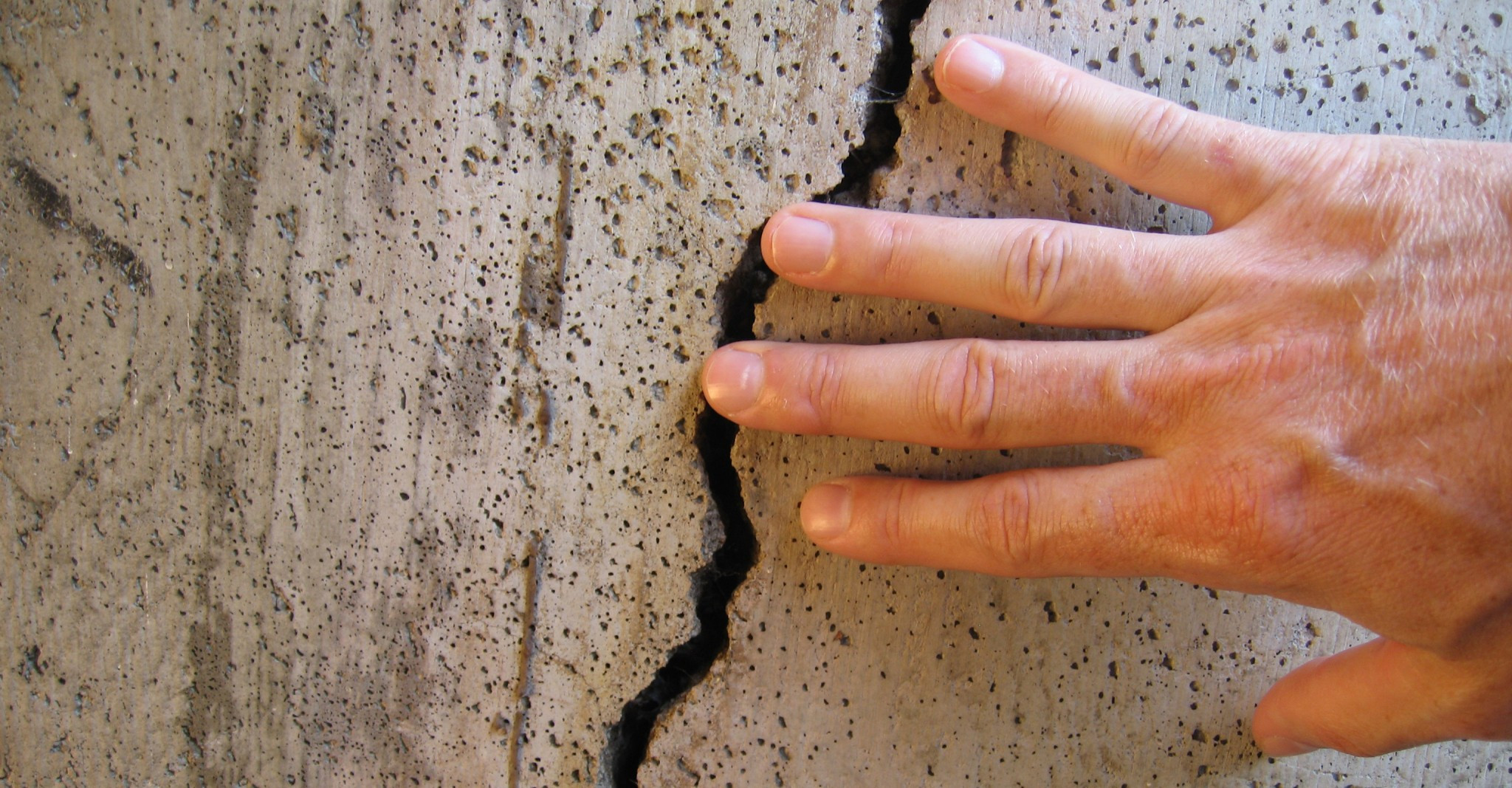Weather and climate play a crucial role in the stability of a building’s foundation. From extreme temperatures to excessive moisture, the Impact of Weather and Climate on the Foundation is strong. In this blog post, we will delve into the statistics and explore the relationship between weather, climate, and foundation stability.
1- Extreme Temperatures and Foundation Movement
Extreme temperatures, both hot and cold, can cause the soil beneath a foundation to expand and contract, leading to movement and potential damage. Let’s take a closer look at the statistics:
1.1. The Effects of Heatwaves:
Heatwaves can result in soil desiccation, causing the soil to shrink and pull away from the foundation. According to studies conducted by the National Oceanic and Atmospheric Administration (NOAA), the frequency and duration of heatwaves have been increasing in recent years, contributing to a rise in foundation-related issues.
1.2. Cold Snaps and Frost Heave:
In regions with colder climates, frost heave poses a significant risk to foundations. When water in the soil freezes, it expands and exerts pressure on the foundation. The American Society of Civil Engineers (ASCE) reports that frost heave affects nearly 25% of structures in certain regions, leading to costly foundation repairs.
2- Excessive Moisture and Foundation Problems
Excessive moisture can wreak havoc on a foundation, causing soil instability and movement. :
2.1. Heavy Rainfall and Soil Saturation:
Regions experiencing heavy rainfall are particularly vulnerable to foundation problems. According to the United States Geological Survey (USGS), intense rain events have become more frequent in recent years, resulting in increased soil saturation and potential foundation damage.
2.2. Flooding and Hydrostatic Pressure:
Flood events can subject foundations to hydrostatic pressure, which occurs when water builds up around the foundation. This pressure can lead to foundation movement and cracks. The Federal Emergency Management Agency (FEMA) estimates that flood damage accounts for a significant portion of foundation issues in flood-prone areas.
3 – Impact of Drought Conditions and Foundation Settlement
Drought conditions can have a lasting impact on the stability of a foundation. Let’s examine the statistics:
3.1. Soil Desiccation and Settlement:
During periods of prolonged drought, soil moisture content decreases, causing the soil to shrink and settle. The American Society of Landscape Architects (ASLA) reports that over 60% of the United States experienced drought conditions in the past decade, leading to a surge in foundation settlement issues.
4 – Mitigating the Impact of Weather and Climate on Foundations
While weather and climate factors can pose significant challenges, there are ways to mitigate their impact on foundation stability. Here are some measures to consider:
4.1. Proper Drainage Systems:
Installing effective drainage systems can help redirect excess water away from the foundation, preventing soil saturation and hydrostatic pressure.
4.2. Foundation Waterproofing:
Applying waterproofing techniques, such as sealants and membranes, can provide an additional layer of protection against moisture intrusion. Its always good to call foundation waterproofing experts to fight the moisture intrusion.
4.3. Regular Maintenance and Inspection:
Frequent inspections by foundation experts can identify early signs of damage, allowing for timely repairs and preventing further issues.
4.4. Proper Grading and Landscaping:
Ensuring proper grading around the foundation can help divert water away from the structure. Additionally, carefully planning landscaping features, such as trees and shrubs, can prevent their roots from interfering with the foundation and causing soil movement.
4.5. Foundation Ventilation:
In regions with high humidity levels, proper foundation ventilation can help prevent moisture buildup and reduce the risk of foundation damage. Ventilation systems promote air circulation, reducing the chances of condensation and excessive moisture.
4.6. Soil Stabilization Techniques:
For areas prone to expansive soils or soil erosion, implementing soil stabilization techniques can enhance foundation stability. Methods such as soil compaction, chemical stabilization, and the use of geosynthetic materials can improve the soil’s load-bearing capacity and reduce the risk of foundation movement. The experts can always find you the best solutions.
4.7. Regular Maintenance of Gutters and Downspouts:
Clogged or damaged gutters and downspouts can result in water accumulation near the foundation. Regular maintenance by experts and cleaning of these systems ensure proper water drainage and minimize the chances of water-related foundation issues.
4.8. Foundation Insulation:
In regions with extreme temperatures, insulating the foundation can help regulate the soil’s temperature and minimize the expansion and contraction of the soil. This can be achieved through the use of insulation materials or incorporating insulation techniques during the construction or repair process.
4.9. Seeking Professional Advice:
When dealing with the Impact of Weather and Climate on Foundations, it is essential to consult with experienced foundation repair professionals. Team of experts at Kentuckiana Contracting Services can assess the specific conditions of your property, provide expert guidance, and offer tailored solutions to mitigate the impact of weather and climate on your foundation.
Conclusion:
Understanding the relationship between weather, climate, and foundation stability is essential for homeowners and builders alike. By recognizing the impact of extreme temperatures, excessive moisture, and drought conditions, we can take proactive steps to protect our foundations. Remember, investing in preventive measures and seeking professional assistance can save you from costly repairs down the line. Stay informed, stay prepared, and safeguard your foundation against the forces of weather and climate.
By implementing these proactive measures, homeowners and builders can minimize the adverse effects of weather and climate on foundation stability. Through proper drainage, soil stabilization, ventilation, and regular maintenance, the risks associated with extreme temperatures, excessive moisture, and drought can be significantly reduced. Remember, a stable foundation is crucial for the overall integrity and longevity of any structure, and investing in preventative measures is an investment in the long-term health and safety of your property.
